Bangjangsan National Recreational Forest (국립 방장산자연휴양림)
12.6Km 2025-01-08
353, Bangjang-ro, Jangseong-gun, Jeollanam-do
+82-61-394-5523
Situated between Jeollanam-do and Jeollabuk-do, Bangjangsan National Recreational Forest is the highest rising peak along the ridge starting from the west of Naejangsan Mountain. The recreational park is located on the mid-slope of Bangjangsan Mountain. Many species of wild flowers and broad-leaved trees are distributed all over Bangjangsan Recreational Forest where an exciting paragliding contest takes place annually. This is a great place to unpack and take a break for one or two days as it has accommodation facilities, promenades and trekking courses as well as a small area for splashing in the water. It takes approximately three hours to the mountain's summit from the recreational forest. In addition, there is a trekking path that leads to the Seokjeong Hot Springs on the way down the mountain.
Gochang Wellparkcity (고창웰파크시티)
12.7Km 2025-10-23
173, Seokjeong 2-ro, Gochang-eup, Gochang-gun, Jeonbuk-do
Gochang Wellparkcity, located in Gochang-eup, Gochang-gun, is Korea’s largest integrated healing complex, spanning 1,501,011.3㎡. It offers a wide range of facilities, including Healing County, Seokjeong Hue Spa, dining, massage, and medical services. Visitors can enjoy both tourism and leisure at this family-friendly resort. It is also a representative leisure and recreation facility where guests can take part in immunity-strengthening programs while staying in clay and cypress wood pensions. Seokjeong Hue Spa uses hot spring water containing germanium for therapeutic baths. The lockers, dining areas, and convenience amenities can accommodate up to 2,000 users simultaneously. Other facilities include Seokjeong Wellpark Hospital for health and recuperation after retirement; Gochang Tower, a silvertown for systematic health management and retirement preparation; and the family-oriented Seokjeong Hill Country Club for golf.
Juknokwon (Bamboo Garden) (죽녹원)
13.1Km 2024-12-02
119 Jungnogwon-ro, Damyang-gun, Jeollanam-do
+82-61-380-2680
Juknokwon in Damyang is a bamboo forest cultivated by the town of Damyang. This bamboo forest, at approximately 160,000 ㎡ in size, was formed in May 2003. The rock steps and soft breeze blowing between the bamboo trees provide relief from daily stress. Try bamboo leaf tea for a perfect end to one's visit.
Sinsikdang (신식당)
13.3Km 2024-12-26
전라남도 담양군 담양읍 담주2길 18-13
061-382-9901
Established in 1932, this restaurant has been passed down through four generations. One of its unique qualities is making its own fermented soybeans, soy sauce, and red chili paste, giving its dishes a rich and deep flavor.
Unknown Hotel (언노운호텔)
13.4Km 2024-12-23
27 , Damju 1-gil, Damyang-gun, Jeollanam-do
+82-61-382-2600
The Unknown Hotel in Damyang, Jeollanam-do, stands out because of its dramatic use of color, inspired by the extraordinary light and color of Edward Hopper’s interiors. There is a range of rooms, all with comfy king-size beds. The Signature Room has two bedrooms and a living room with a six-person table suitable for meetings and family gatherings. Guests can rent a bicycle from the hotel and enjoy a bike ride to Juknokwon Bamboo Forest, Gwanbangjerim Woods, and Redwood Road.
Gwanbangjerim Forest (관방제림)
13.4Km 2025-01-09
1, Gaeksa-ri, Damnyang-gun, Jeollanam-do
+82-61-380-2812
Located in Damyang, Jellanam-do, Gwanbangjerim Forest (Natural Monument) is a forest that was made along the banks of Damyangcheon Stream. The two-kilometer-long forest stretches from Dongjeong Village in Namsan-ri to Hwanggeum-ri, Subuk-myeon and Gangui-ri, Daejeon-myeon.
Gwanbangjerim Forest is a special manmade forest that was planted to prevent flooding along Damyangcheon Stream. It is comprised of large trees such as muku trees, zelkova trees, nettle trees, and cherry trees that are about 200 to 300 years old.
The forest’s beauty is so well known that it was even selected as “Korea’s Most Beautiful Forest” by the Korean Forest Services. Visitors enjoy this gorgeous natural getaway all year round, with many stopping by the forest Sculpture Park for pictures. Nearby attractions include the Jungnogwon Bamboo Garden and the Metasequoia-lined road.
Damyang Bamboo Festival (담양대나무축제)
13.4Km 2025-07-11
134 Jungnogwon-ro, Damyang-eup, Damyang-gun, Jeollanam-do
+82-61-380-3152
In Damyang, a town where bamboo grows abundantly, there used to be a day when villagers gathered to plant bamboo, known as the Day of Jukchwi (bamboo planting day). This tradition has evolved into an annual festival celebrated in May since the Goryeo Dynasty. The festival takes place around the famous bamboo forest, Juknokwon, and the natural monument forest, Gwanbangjerim Forest. Various bamboo-related activities are available, such as making bamboo kites, shooting bamboo water guns, and riding bamboo rafts and canoes. A stroll through the bamboo forest, which emits phytoncides and negative ions, offers a relaxing charm during the festival. Visitors can also enjoy Damyang’s local food on the lawns, watch performances, and participate in various events, immersing themselves in the celebration of Damyang and bamboo.
◎ Day of Bamboo Planting
May 13 on the lunar calendar is a good day to plant bamboo. It is recommended that bamboo shoots be planted during the rainy season, as bamboo loves water.
Damyang Resort Spa (담양리조트 온천)
13.7Km 2022-12-28
202, Geumseongsanseong-gil, Damyang-gun, Jeollanam-do
+82-61-380-5111
Damyang Resort is a large resort complex comprised of a hotel, spa, arboretum, and event plaza. The spa is spread over a ground floor and basement floor, with both men's and women's pools, as well as many event pools and an open-air hot spring. Additional facilities include a jjimjilbang (Korean-style sauna), skincare center, and massage center. The hot springs use water with a mix of 20 minerals, including germanium, strontium, sulfuric ions, calcium, and lithium. The mineral mix helps soothe skin, relieve stress, and improve blood circulation to prevent many diseases and ailments.
National Jangseong Healing Forest (국립장성치유의숲)
14.1Km 2024-02-20
716 Chuam-ro, Seosam-myeon, Jangseong-gun, Jeollanam-do
National Jangseong Healing Forestis a natural recreational facility located in the Chungnyeongsan National Forest, opened in 2011. Visitors can be relaxed by walking along the cypress forest trail emitting phytoncides. There are seven hiking courses designed with various themes and slopes. Following the main course, the "Well-being Forest Path," hikers will encounter the Chungnyeongsan Observatory, where they can enjoy panoramic views of the mountain and see the cypress forest at a glance.
Korea Bamboo Museum (한국대나무박물관)
14.1Km 2021-07-19
35, Jukhyangmunhwa-ro, Damyang-gun, Jeollanam-do
+82-61-380-2901
The Korean Bamboo Museum is a comprehensive complex that preserves, exhibits, produces, and allows people to experience bamboo products. First opened in 1981 at Damju-ri, the museum was expanded and relocated to the current location in March 1998. Not only does the museum provide bamboo-related exhibitions, it also provides techniques on making bamboo products as well as holds the Bamboo Festival every May.
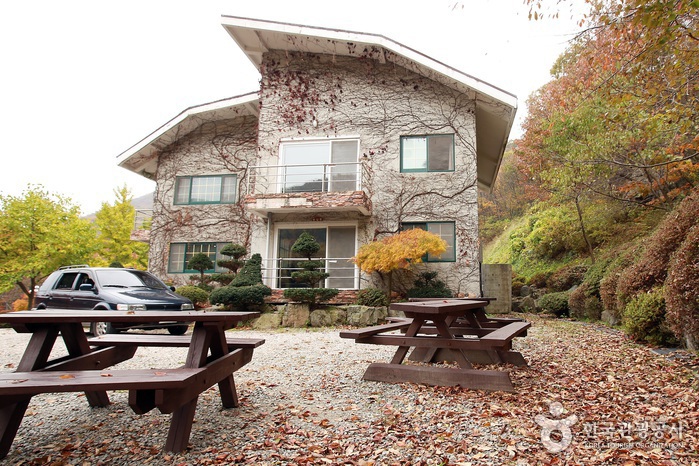
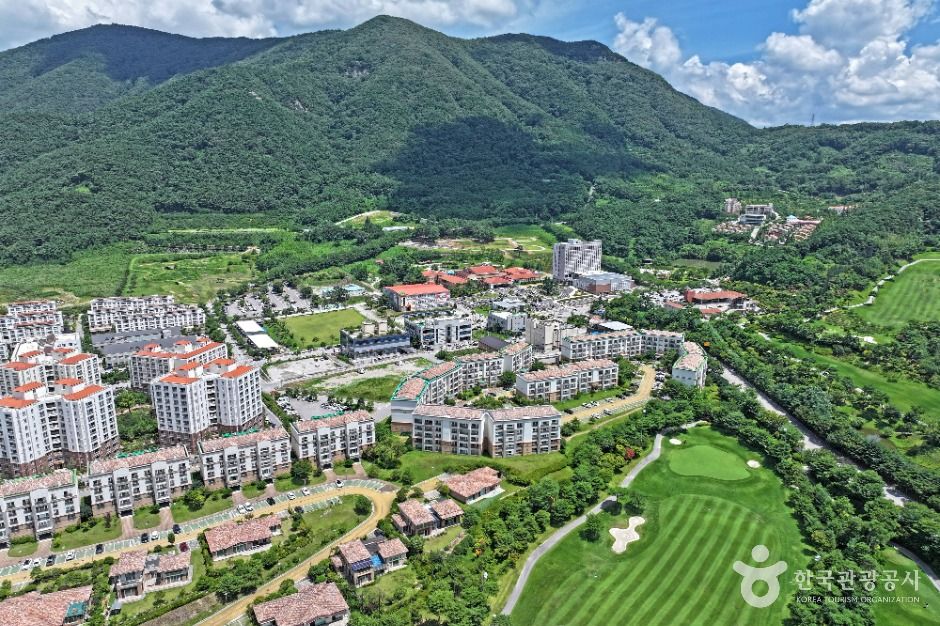
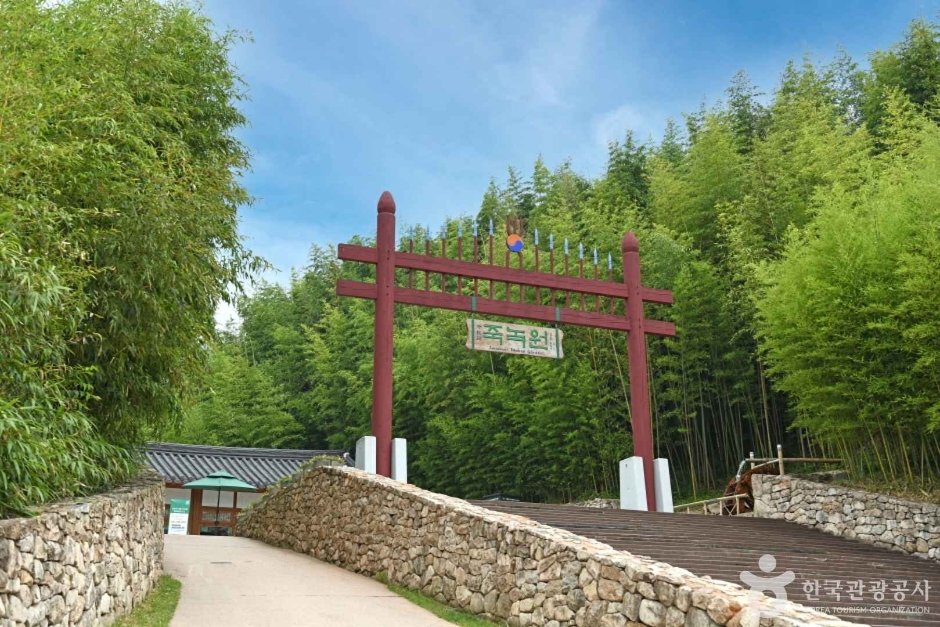

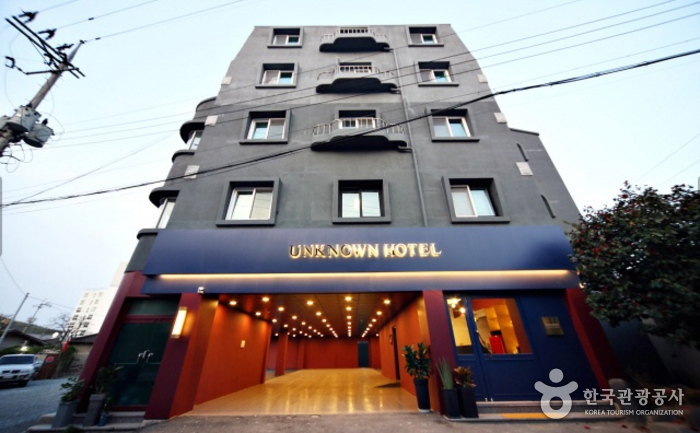
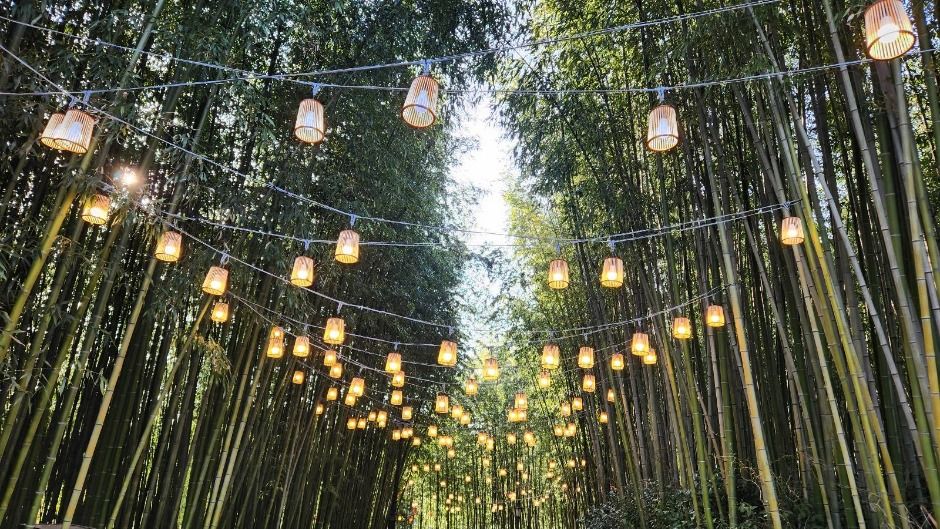
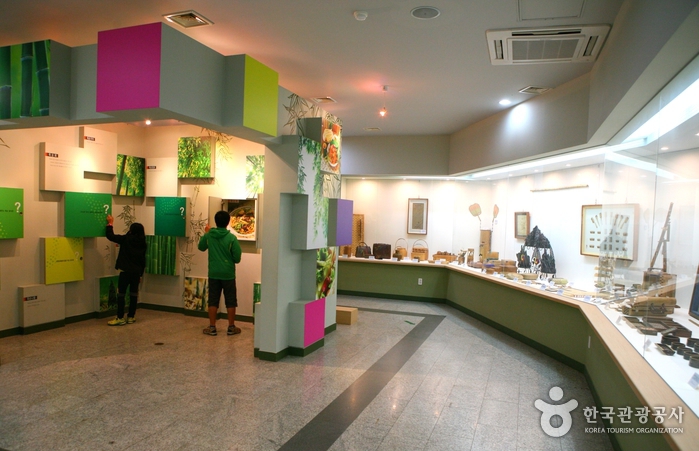
 English
English
 한국어
한국어 日本語
日本語 中文(简体)
中文(简体) Deutsch
Deutsch Français
Français Español
Español Русский
Русский